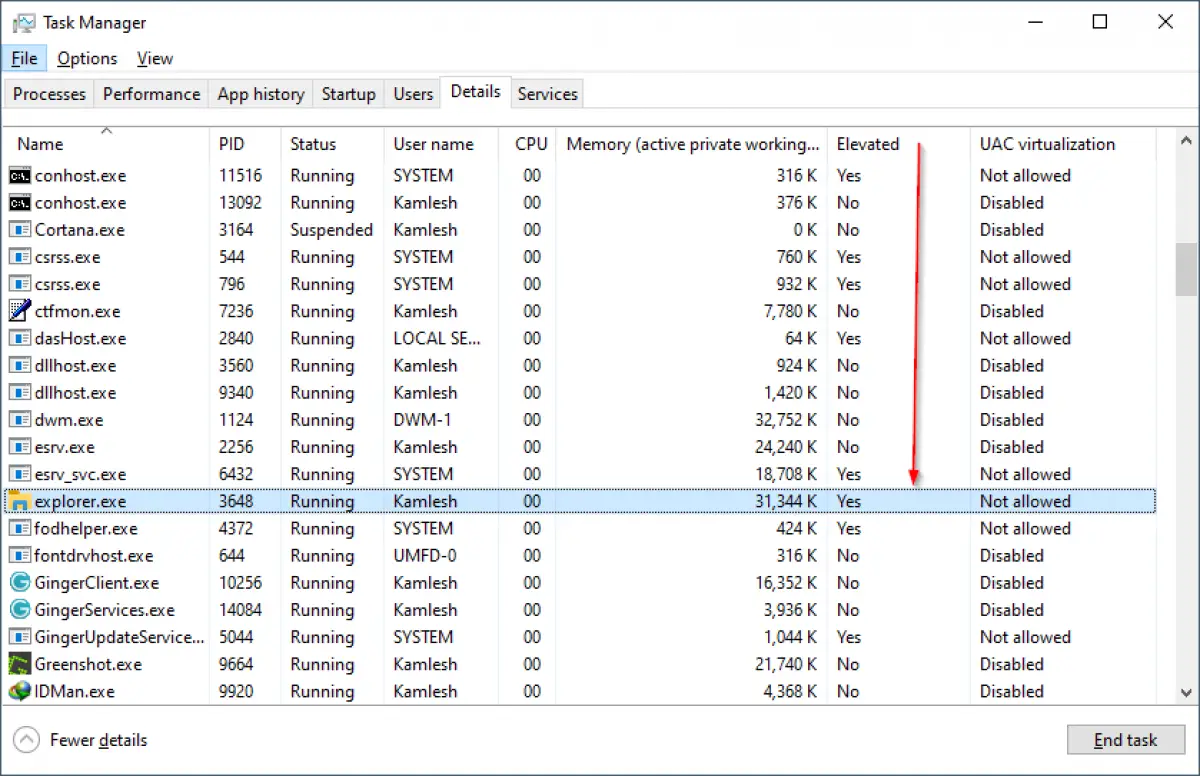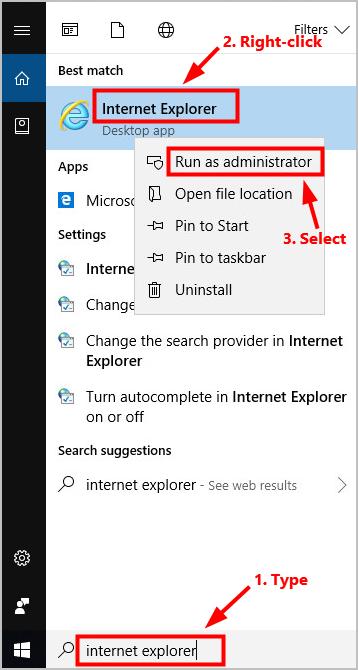


Those of you who made the transition from Windows XP to Vista will probably remember the introduction of " User Access Control" (UAC) or " Mandatory Integrity Control" (MIC). However, we were curious to know more about what happens under the hood of Windows when you tell the operating system to run a program as an administrator, and why this process is necessary in the first place. As a TechSpot reader you've surely opened software as an admin on Windows before - maybe as recently as today - so the function probably isn't foreign to you.


 0 kommentar(er)
0 kommentar(er)
